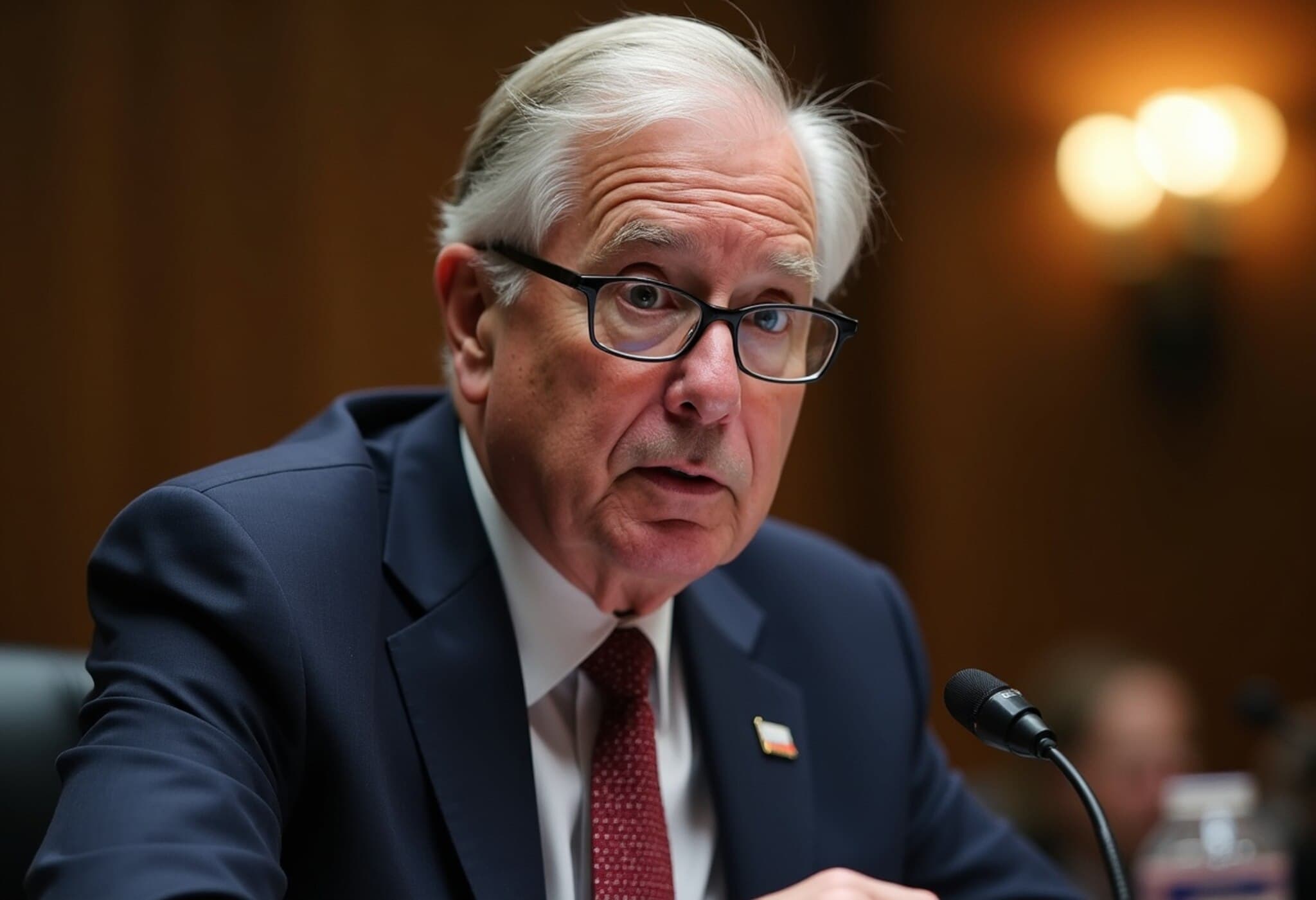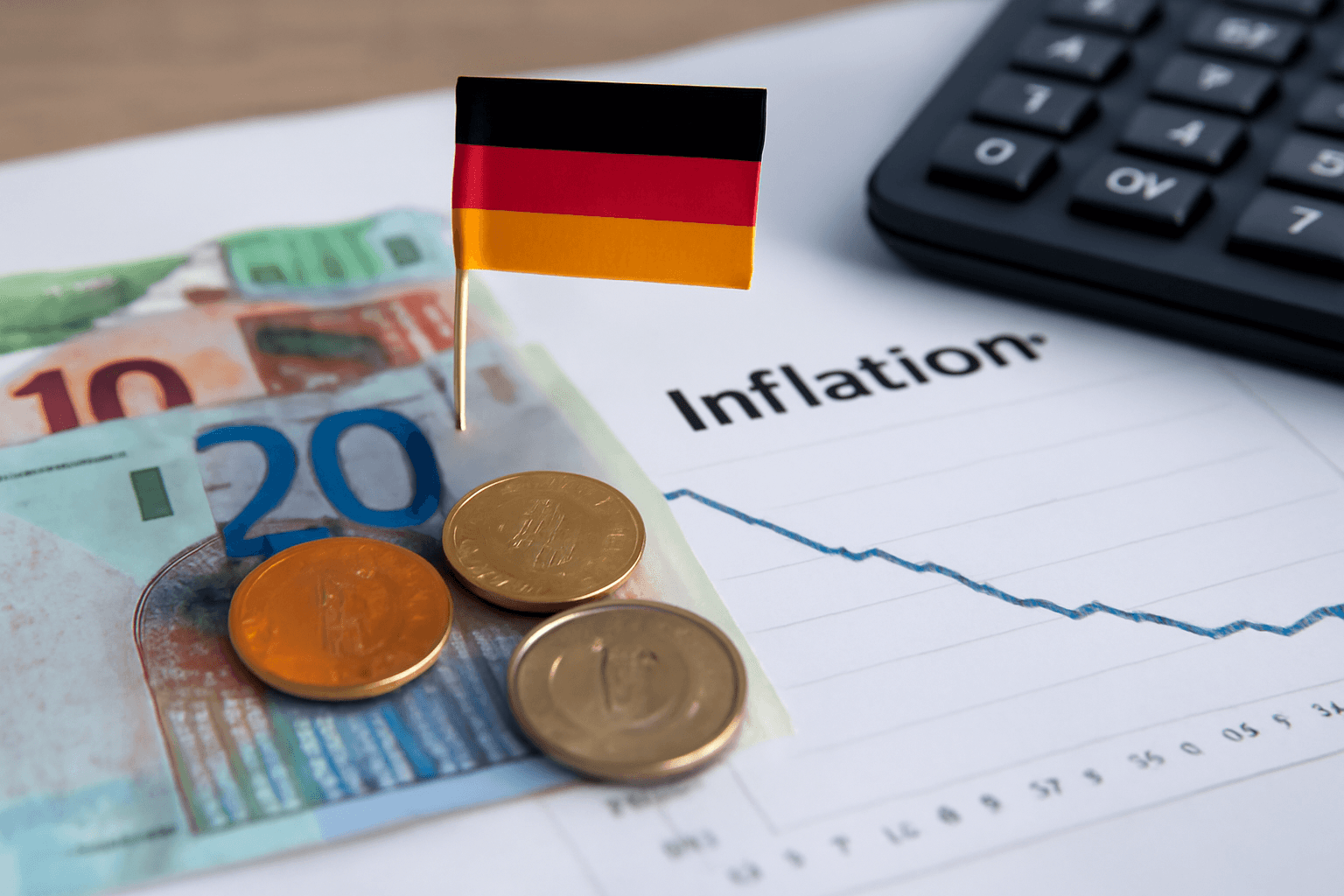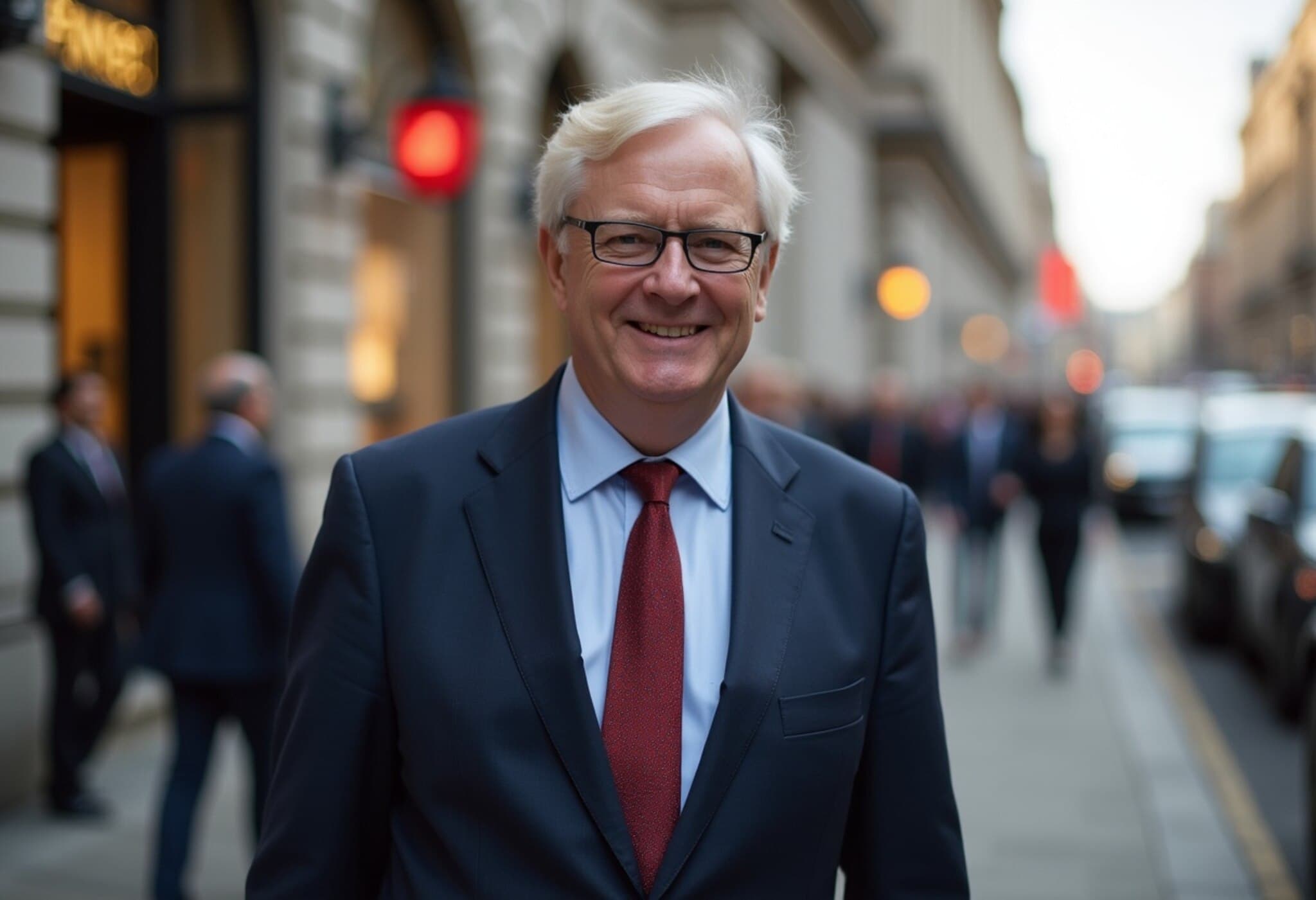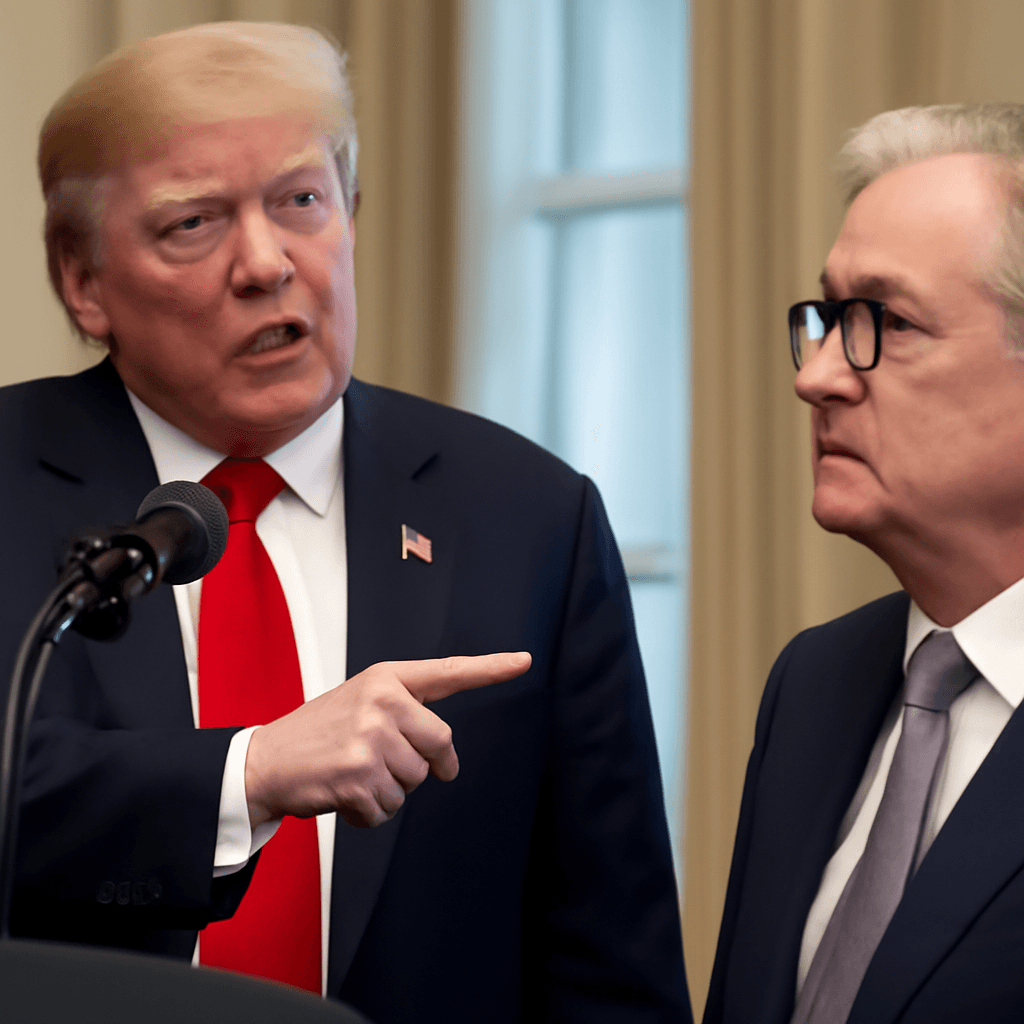Turkey’s Central Bank Returns to Monetary Easing with 3-Point Interest Rate Cut
In a notable move signaling a recalibration of monetary policy, Turkey’s central bank announced a 300 basis points cut to its key interest rate on Thursday, lowering it from 46% to 43%. This decision marks the first rate reduction since April and reflects a cautious return toward easing amid a complex inflation landscape.
Background: Inflation and Monetary Policy Context
Turkey has been grappling with persistently high inflation, which stood at 35.05% as of June 2025. Although still significantly above the central bank’s implicit targets, inflation has shown a steady downward trajectory in recent months — a trend that appears to have given policymakers the confidence to dial back tightening measures.
The central bank’s shift to cutting rates is particularly notable against the backdrop of its aggressive tightening earlier this year. In April, the bank raised the one-week repurchase rate sharply from 42.5% to 46%, breaking a cycle of easing that began in December 2024. That April hike came amidst heightened political and economic uncertainty, notably following the controversial arrest of Istanbul Mayor Ekrem Imamoglu, which rattled markets and tested investor confidence.
What the Central Bank Says
In their press release accompanying the rate cut, the Central Bank emphasized that the "tight monetary policy stance, which will be maintained until price stability is achieved, will support the disinflation process through moderation in domestic demand, real appreciation in Turkish lira, and improvement in inflation expectations."
This statement suggests a nuanced strategy: while easing monetary conditions, the bank remains committed to curbing inflation over the medium term, mindful of potential volatility.
Market and Economist Reactions
The decision surprised many observers who anticipated a more gradual approach. Nicholas Farr, an Emerging Europe economist at Capital Economics, described the move as a "slight dovish surprise," noting that the accompanying central bank communications retained a hawkish tone. Farr expects that while easing will continue, its pace is likely to moderate, forecasting the policy rate to land around 37% by the end of 2025.
Implications for the Turkish Economy and Currency
This interest rate adjustment is more than a mere number; it acts as a bellwether for the government's economic outlook amid persistent inflationary pressures and currency volatility. The Turkish lira has experienced significant fluctuations, impacting everything from import costs to consumer purchasing power.
By gently stepping back from peak rates, the central bank arguably aims to:
- Encourage investment and borrowing in the economy
- Support the lira through expectations of a controlled disinflation process
- Balance political pressures with economic realities ahead of upcoming elections
However, this delicate balancing act carries risks. An overly rapid easing could reignite inflation or shake currency stability, while too-tight policies may stifle growth.
Broader Economic and Political Underpinnings
Turkey’s monetary policy decisions are deeply intertwined with political dynamics and global economic conditions. Inflationary pressures partly stem from external factors such as commodity prices and supply chain disruptions, as well as domestic policy choices. Investors and consumers alike are watching closely, as central bank moves impact everything from mortgage rates to the cost of everyday goods.
Moreover, Turkey’s commitment to tackling inflation amidst political uncertainty highlights the challenge central banks face globally: navigating economic growth and price stability without undermining market confidence.
Editor’s Note
Turkey’s recent rate cut underscores the persistent tension between stabilizing inflation and fostering economic growth in an environment of political sensitivities and currency concerns. While the return to easing might signal confidence in disinflation efforts, the path ahead remains fraught with challenges. Will the Central Bank’s calibrated approach maintain credibility and investor trust, or will inflation risks resurface before the year ends? This evolving story warrants close attention for domestic stakeholders and global markets alike.











